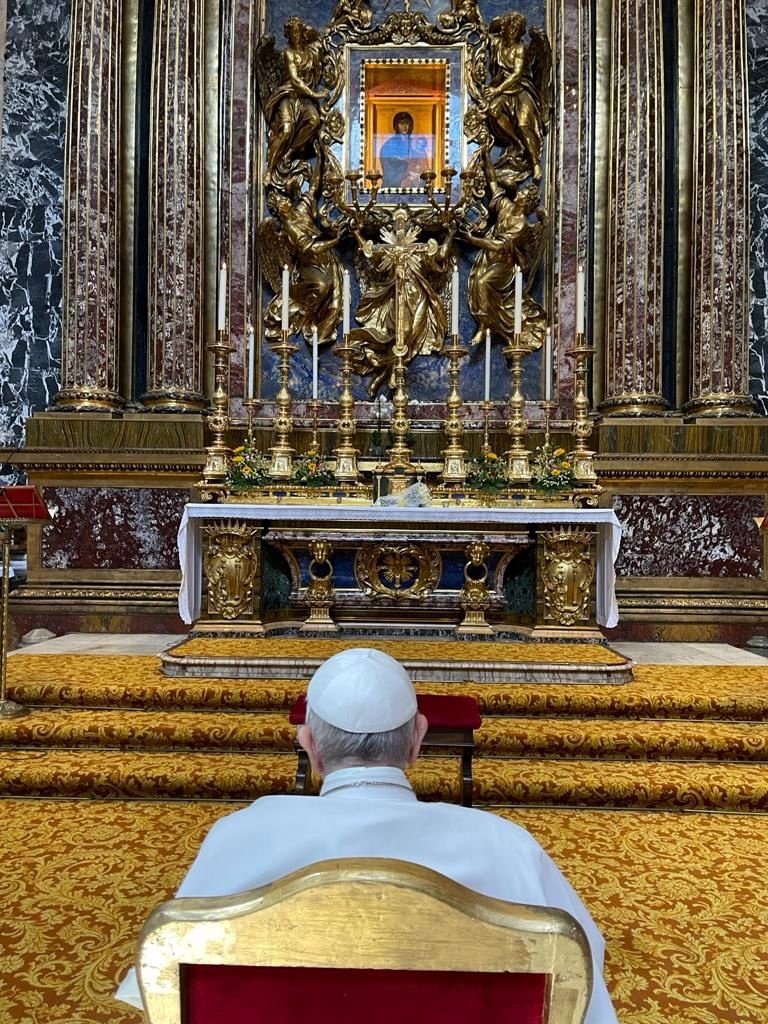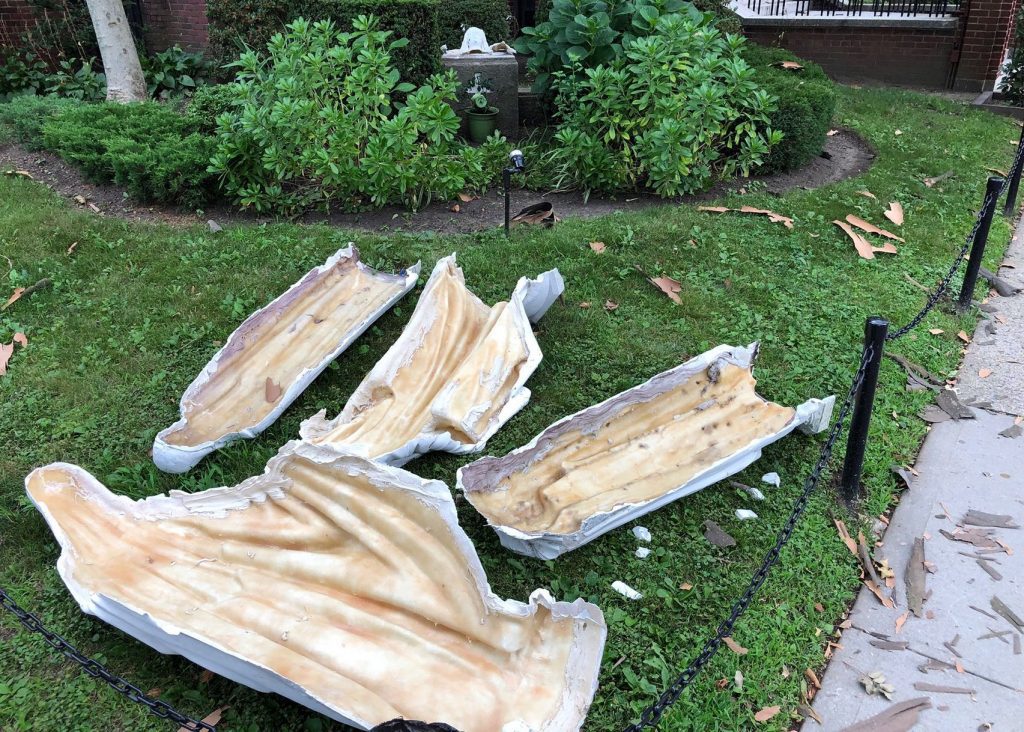
QUEENS, N.Y. (CNS) – Two religious statues displayed outside Our Lady of Mercy Catholic Church in the New York borough of Queens were destroyed in an act of vandalism in the early morning hours of July 17.
The damaged statues included one of Mary and one of St. Therese Lisieux, known as “the Little Flower.” A news release from the Diocese of Brooklyn said the statues were dragged 180 feet from the church across 70th Avenue, where they were smashed with a hammer.
Earlier in the week, on the evening of July 14, the statues “were toppled over but were not damaged,” the diocese said. “The individual involved in both acts of vandalism is believed to be the same person.”
“Both of these statues have stood in front of the church since it was built” in 1937, said Father Frank Schwarz, pastor.
“It is heartbreaking, but sadly it is becoming more and more common these days,” he said in a statement. “I pray that this recent rash of attacks against Catholic churches and all houses of worship will end, and religious tolerance may become more a part of our society.”
The Brooklyn Diocese said the vandalism was being investigated by the New York City Police Department Hate Crimes Unit and the department’s 112th Precinct.
According to Spectrum News NY1, which covers New York’s five boroughs, police released surveillance video of a woman they said they were looking for. She was described as being in her mid-20s and was dressed all in black. According to police, she used a hammer to break the statues and then dragged them across the street from the church.
Father Schwarz told the news outlet that these attacks seem “to be targeted” not just at Catholic churches but also synagogues and mosques. He attributed the vandalism to “general anti-religious sentiment.”
He also said he urged the faithful at his parish to “pray for this person,” who “clearly” had “rage.” “She deliberately went and destroyed these things. It wasn’t enough to just topple them over, she stomped on them and spit on it,” he said.
Other church property in the Brooklyn Diocese has been the target of vandals, including the grounds of the diocesan administrative offices in the Windsor Terrace section of Brooklyn.
Over the weekend of May 15 and 16, a statue depicting Mary holding the child Jesus was vandalized on the grounds of the diocesan administrative offices in the Windsor Terrace section of Brooklyn. The child Jesus was decapitated.
Before that, in the early hours of May 14, a crucifix on the property of St. Athanasius Catholic Church in Bensonhurst section of Brooklyn, was toppled and damaged. Msgr. David Cassato, the pastor, found it. He called it “truly an act of hatred” and said discovering it was “the saddest day of my 20 years here at this parish.”
With regard to the vandalism at St. Athanasius, New York police May 22 arrested a 29-year-old Brooklyn man, Ali Alaheri, in connection with that crime and an arson the week before. He has been charged with one federal count of criminal mischief as a hate crime.

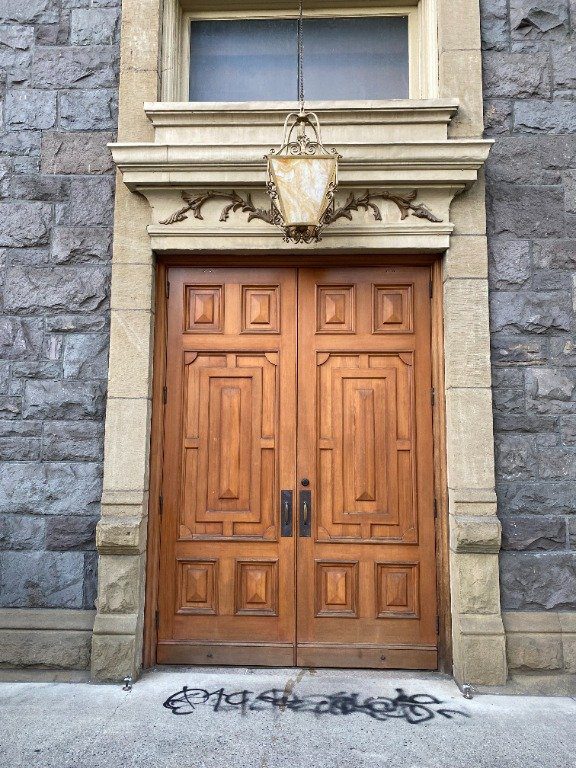


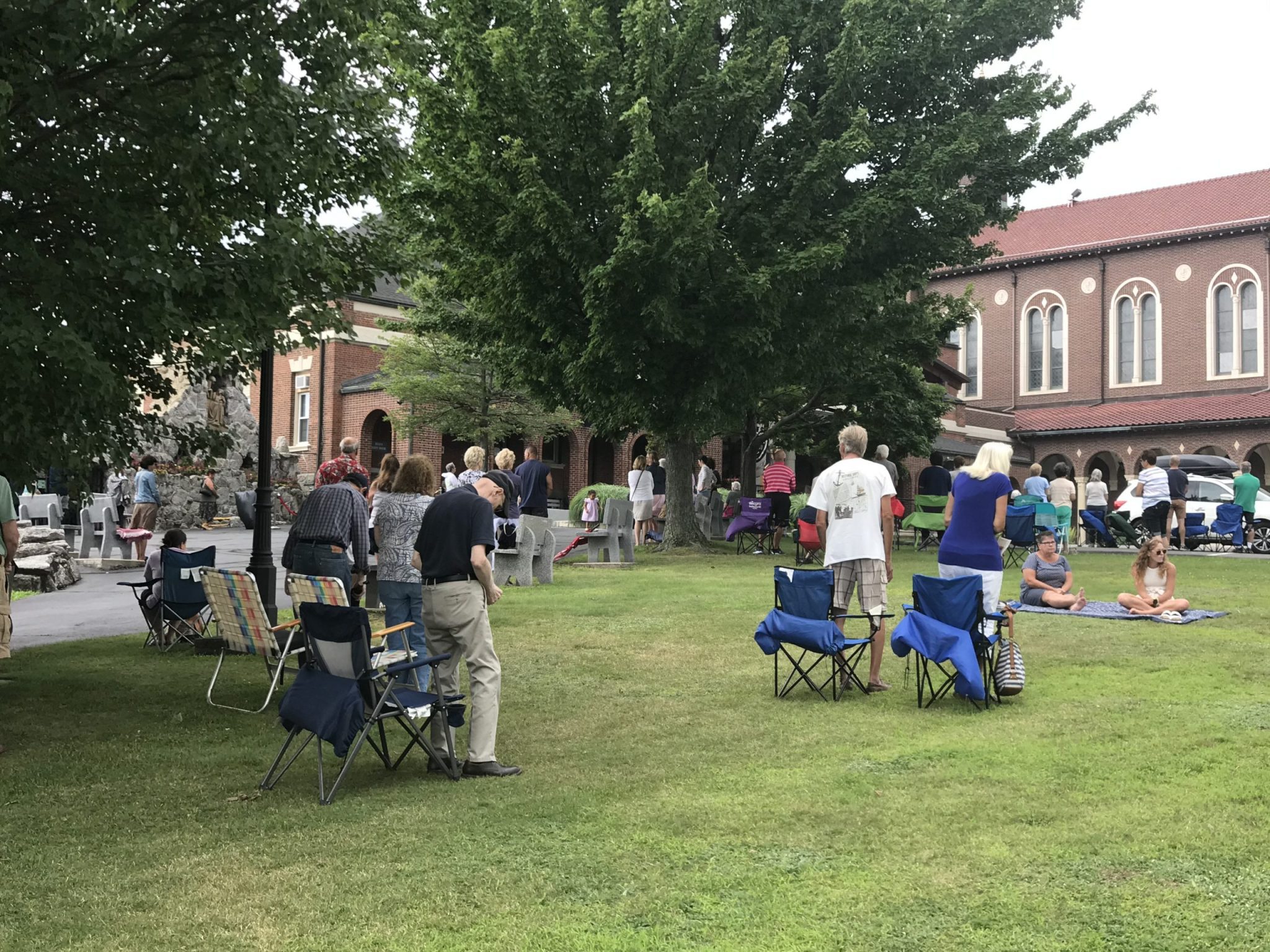



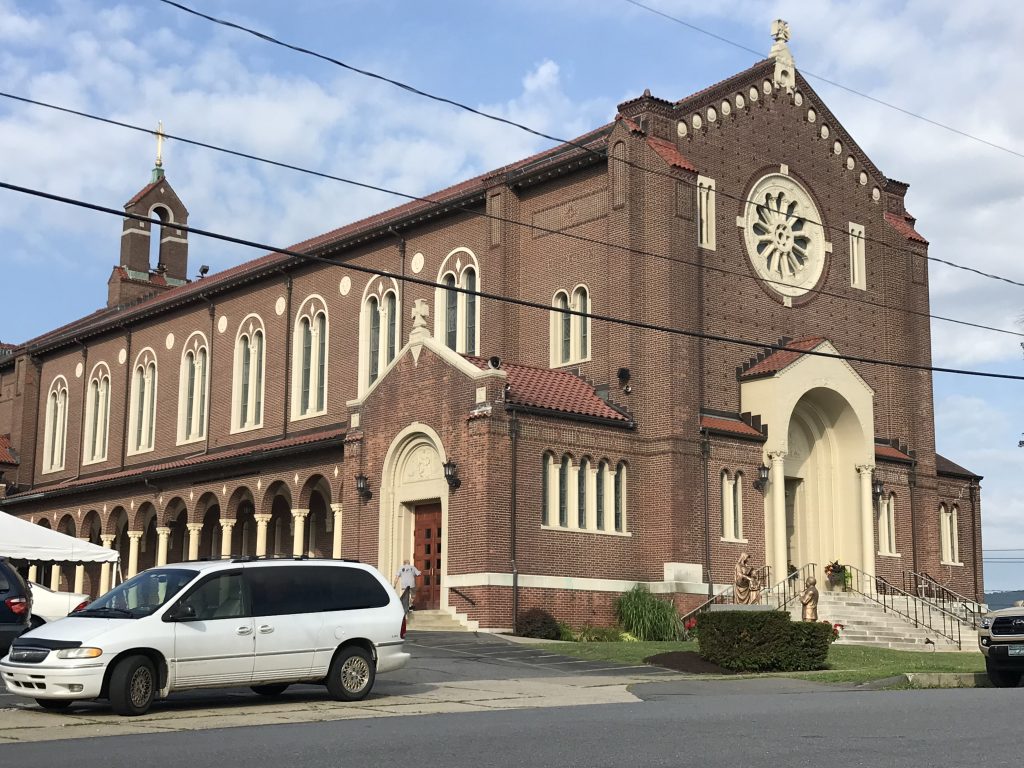
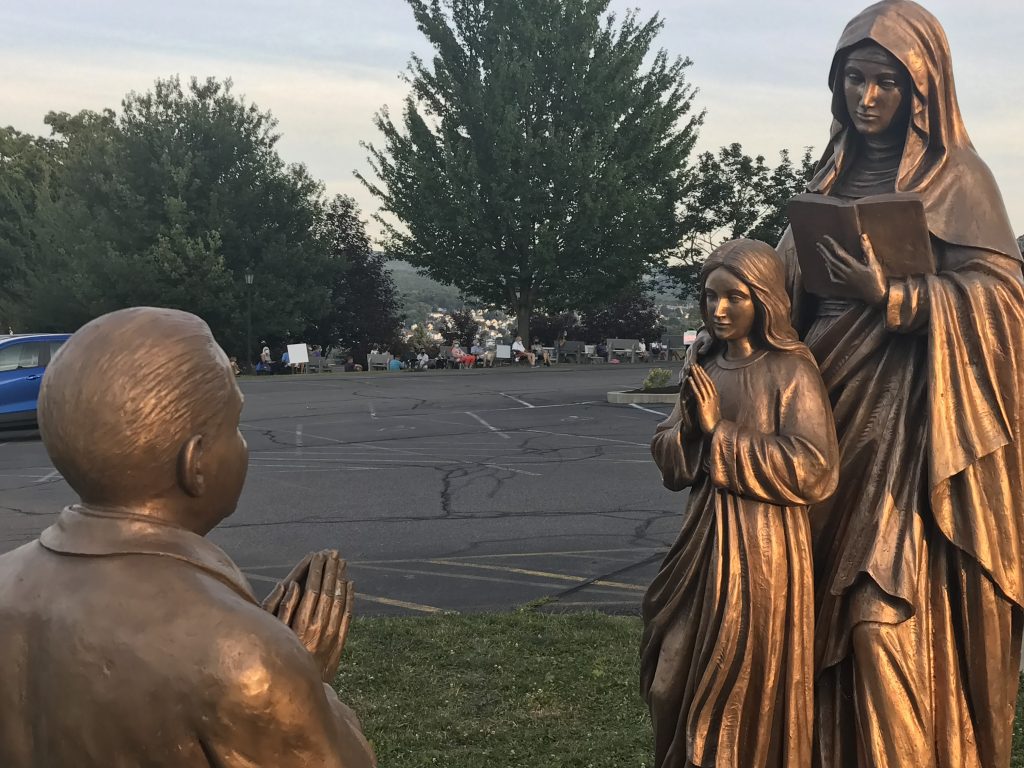 According to the Passionist superior, the preachers for the midsummer Novena to the grandmother of Jesus will narrow the focus of this year’s general theme to provide a sub-theme for each day of the devotion. The daily schedule of those preached messages that will apply the overall theme to the lives of the faithful is as follows:
According to the Passionist superior, the preachers for the midsummer Novena to the grandmother of Jesus will narrow the focus of this year’s general theme to provide a sub-theme for each day of the devotion. The daily schedule of those preached messages that will apply the overall theme to the lives of the faithful is as follows: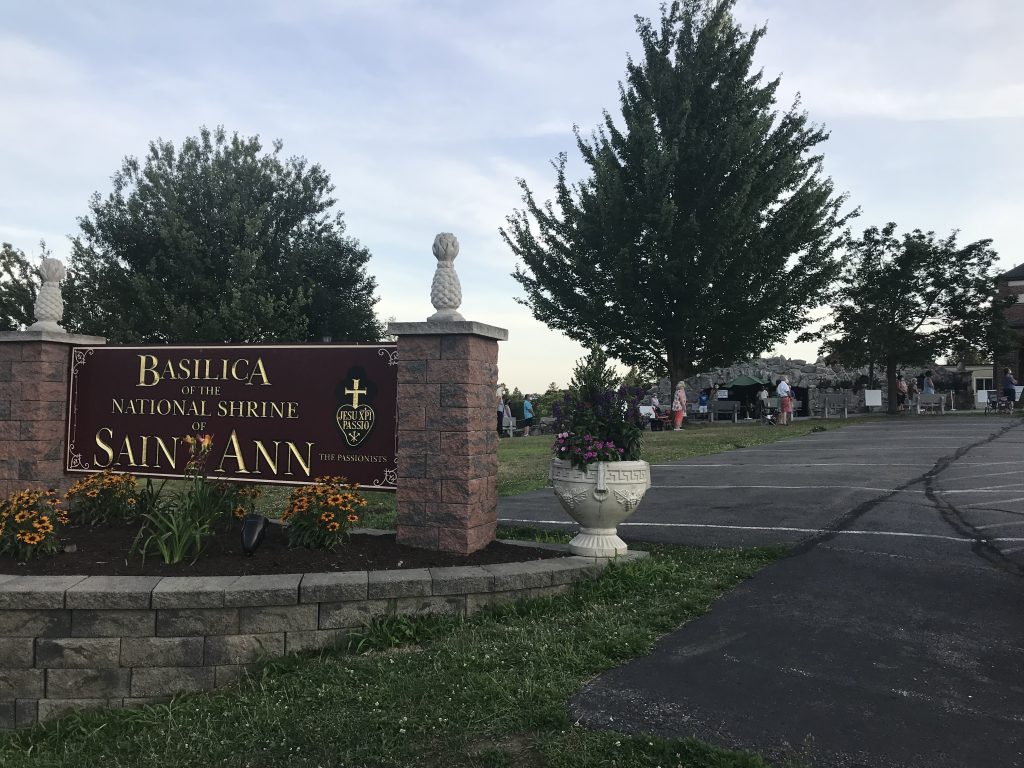 vows in 1973. He received his master’s degrees in theology and divinity from Saint John’s University, Queens, N.Y., prior to his ordination as a Passionist priest in 1977.
vows in 1973. He received his master’s degrees in theology and divinity from Saint John’s University, Queens, N.Y., prior to his ordination as a Passionist priest in 1977.